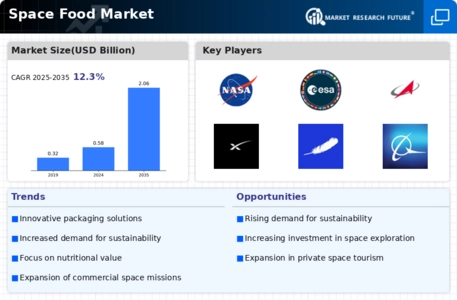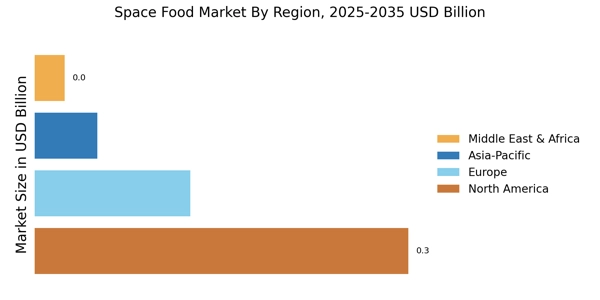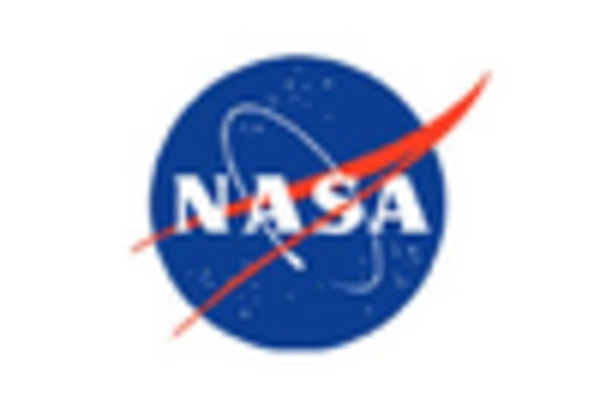Leading market players are investing heavily in research and development in order to expand their product lines, which will help the Space Food Market grow even more. Market players are also undertaking a variety of strategic activities to spread their footprint, with important market developments including mergers and acquisitions, new product launches, contractual agreements, higher investments, and collaboration with other organizations. To spread and survive in a more competitive and rising market climate, the Space Food industry must offer cost-effective items.
Manufacturing locally to minimize the operational costs is one of the key business tactics used by the manufacturers in the Space Food industry to benefit the clients and increase the market sector. In recent years, the Space Food industry has offered some of the most significant advantages to the space industry. Major players in the Space Food Market, including NASA, European Space Agency, Roscosmos, SpaceX, Blue Origin, Boeing, Lockheed Martin, Northrop Grumman Corporation, Orbital ATK, ISSpresso, BeeHex, NanoRacks, JAXA, AEB, and others, are trying to increase market demand by investing in the research and development operations.
Orbital Technologies, also known as Orbital Corporation, is an Australian company that specializes in the development and manufacture of engines, propulsion systems, and engine management systems for unmanned aerial vehicles (UAVs), unmanned aircraft systems (UAS), and other applications. Orbital Technologies has collaborated with industry partners and government organizations to advance their technologies and explore new opportunities in the engine and propulsion sector. In April 2023, Orbital Technologies announced a partnership with 3D Systems to develop and test a new 3D printer for food production in space.
Orbital Technologies is a company that develops and sells 3D printers for microgravity environments. 3D Systems is a leading offerer of 3D printing solutions. This partnership will help to develop a new and innovative way to produce food in space.
Zero-G Kitchen is a company with the goal of developing appliances and systems for cooking and preparing food in the unique environment of microgravity, particularly for astronauts on space missions. Zero-G Kitchen aims to make space cuisine more varied and appealing, offering astronauts not only essential sustenance but also a taste of home and familiar meals during their missions. Their work highlights the importance of culinary innovation in enhancing the quality of life for astronauts in space. In March 2023, Zero-G Kitchen announced a partnership with Kellogg's to develop and test new space-friendly foods.
Zero-G Kitchen is a company that develops and sells space-friendly foods. Kellogg's is a leading food company. This partnership will help to develop new and tasty food options for astronauts on long-duration space missions.


















Leave a Comment